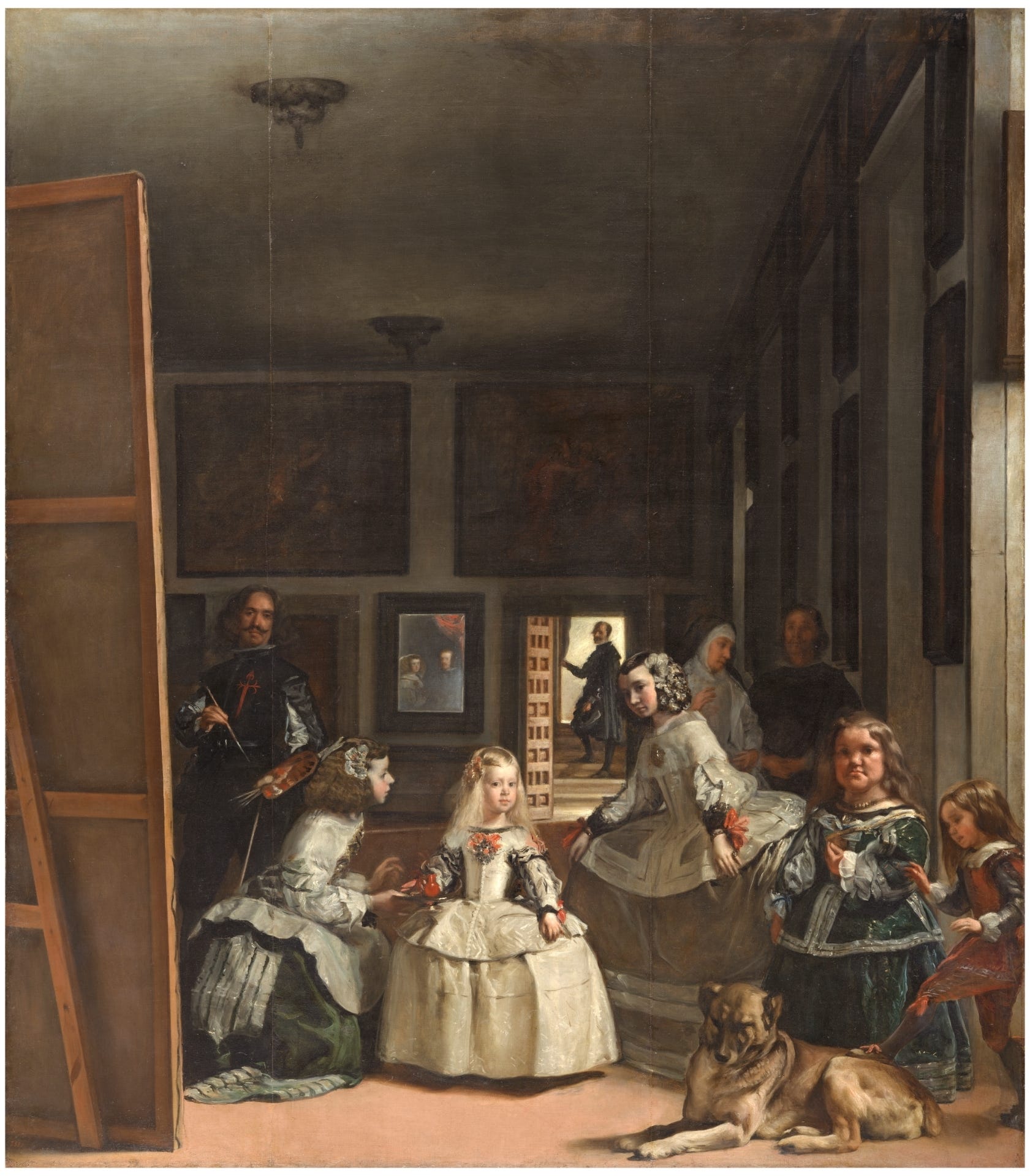
This Libguide was created by Ms. Mansfield (at ISS from 2021-2023) and updated by subsequent librarian(s) in order to support ISS DP Art students on their Comparative Study.

Both SL and HL students need to understand the intricate relationship between theory and practice. The course encourages students to critically investigate the work of other artists and allow the work to inform their own art-making practice. This task gives students the opportunity to elaborate, extrapolate and present a comparative study of three works by at least two artists from different cultural contexts that they have investigated as a part of their art-making practice. HL students are further required to articulate the connections between the work examined in the comparative study and their own art-making, giving them the chance to think about how theory is related to practice.
The following core syllabus areas are addressed in the comparative study assessment task. The term “artworks” is used here generically and could refer to a range of visual and cultural artifacts.

The Visual arts guide (March 2014, updated February 2017) strongly recommends that at least one of the works explored in the comparative study is a work that the students have experienced first-hand. This makes visits to art museums and galleries or artist studios of critical importance as a resource to students. The artwork itself should be considered itself as a primary source. Where the school’s geographical, political or economic context makes access to museums and galleries impractical, students need to have access to good quality reproductions.
The visual arts teacher is undoubtedly the most influential source that students have direct access to. The quality of instruction that students need in order to analyse and deconstruct works and to research the cultural contexts of works is critical to their success.
Scholarly books on visual arts, artists, styles, movements, periods and themes are extremely useful. They can often provide the quality reproductions of works that can be used as primary source material as well as reliable and critical secondary source opinions about the intent and purpose of works, the cultural context of the work and the significance. Exhibition catalogues in particular can provide models for constructing a comparative study if viewed critically, considering why the curator has chosen to put certain works together? What associations and connections are being suggested?
Visual arts journals and periodicals also provide a rich resource, and often reflect more up-to-date contemporary trends in art-making practices than is available through other published works.
The internet is increasingly useful in investigation if used judiciously. Often, it is assumed that students have the skills needed to navigate the web with discretion, but this is rarely the case. Students need direction in finding the authors of sites and how to determine if the information provided is reliable. Many art galleries and museums have great websites with educational pages or forums. These are great starting points, as are the growing number of established contemporary artists who manage their own websites.
The comparative study is an externally examined assessment task worth 20%.
To complete the task, you are required to present a comparative study of at least three artworks by at least two different artists from different and contrasting cultural contexts. The work should be selected from work you have investigated as a part of your independent coursework, and will be explored further and presented as a series of screen-based slides.